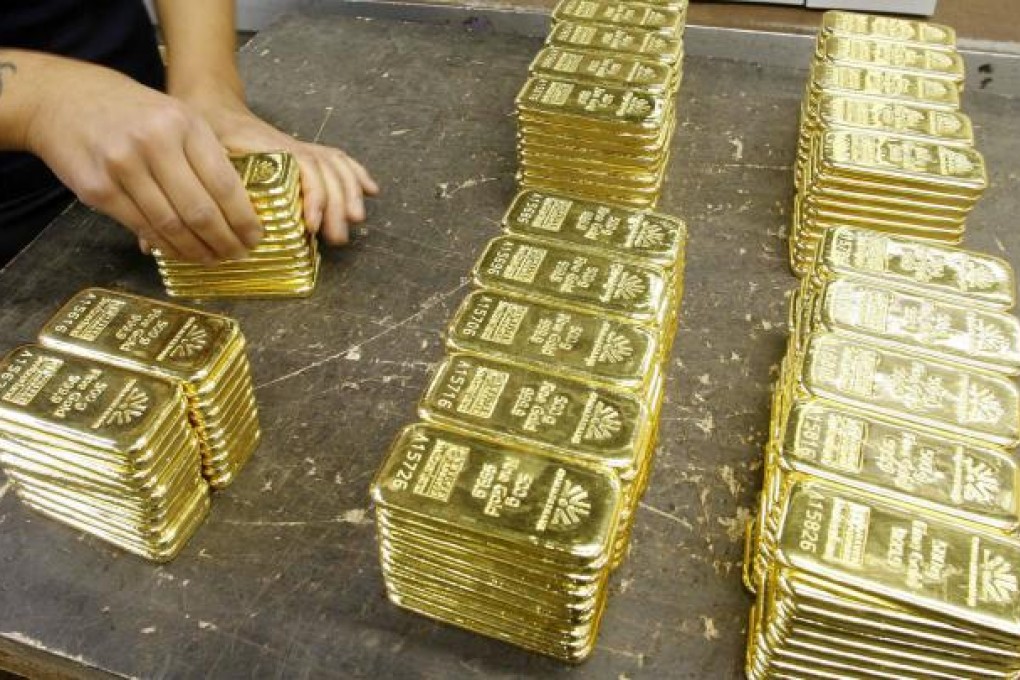Lai See | Something is wrong when yields are low but the risk is high

There was a time, some years ago, when a trip to Hong Kong Mines and Money conference was one filled with optimism and talk of growth, profit and so on. These days the message is more mixed. No more so than when discussing gold.
When the real economy is in good shape, the outlook for gold weakens. When it's not, gold rises. That's when the price signals are working correctly.
But as Grant Williams explained yesterday, the price signals are suggesting all is rosy in the global economy when in fact it's not. Since Mario Draghi's "whatever it takes" comments last summer, markets have soared and gold has fallen, indicating that investors were feeling less uncertain and had begun to believe the worst of the crisis was over.
"Nothing could be further from the truth," says Williams, who is a portfolio and strategy adviser for Vulpes Investment Management.
He believes there is a "massive misperception of risk" because governments have corrupted the price signals - by which investors determine the risk premium - by artificially forcing down interest rates by printing money. As a result, the prices of all kinds of assets have soared, bringing down yields of even risky assets to levels that have not been seen in decades.
Junk bond yields have fallen below 6 per cent for the first time since 1997. Countries like Spain with unemployment at 26 per cent and youth unemployment at twice that, zero economic growth and teetering on collapse, are able to borrow at ever lower rates.
The strategy of the central banks, according to Williams, is to restore confidence to encourage investment, which will engender growth and enable the central banks to withdraw their funds. This exercise has transferred the risk from the private sector to the sovereign countries, which now carry huge amounts of high-risk debt.
